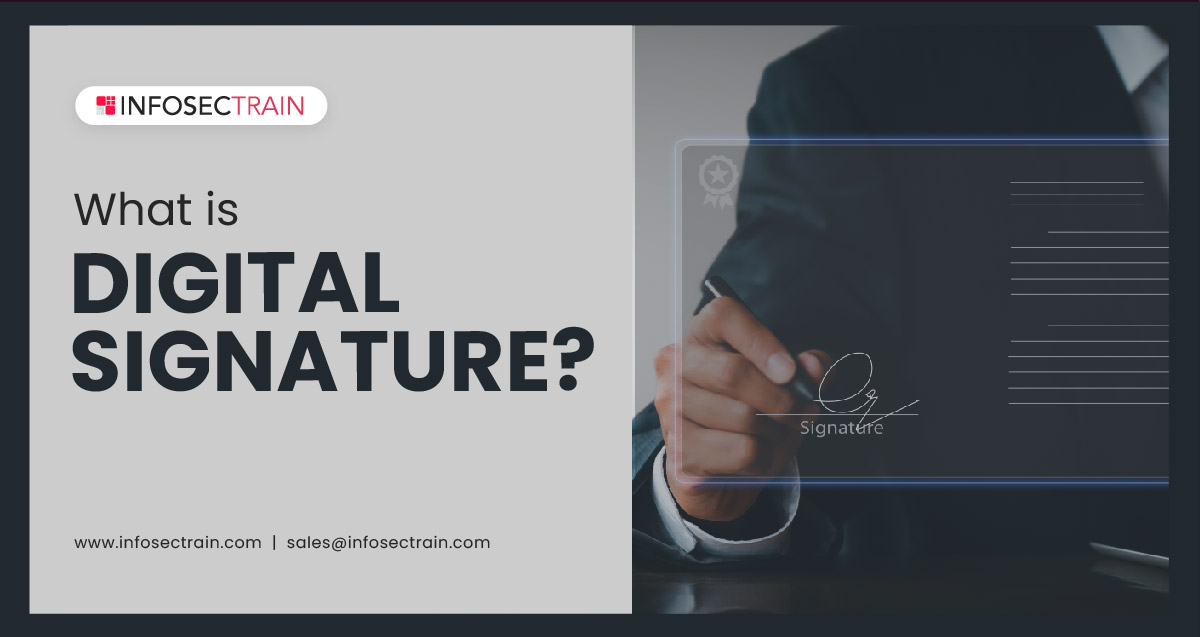What is Digital
Signature?
Digital Signature is an electronic
form of signature used to authenticate the data transferred over the internet
through card transactions, emails, digital documents, etc. The Certificate
Authority issues this Digital Signature, and it validates the virtual
fingerprint that is unique to a person or entity and protects the information
in digital documents or messages.
The Certificate Authority issues an
authenticated encryption for the digital certificate that includes two separate
certificate parts: one for signing and one for encrypting/decrypting the
electronic messages with public and private keys.
Types of
Digital Signature
Digital Signatures are of three types based on the classes. They are:
1. Class 1: Class 1 is the simplest
type of Digital Signature that offers a basic level of security for digital
data transferred. It is used to validate the username and works with a low risk
of data compromise.
2. Class 2: Class 2 is used for
electronic applications such as tax documents, GST returns, and Income tax returns.
It validates the identity of a user over a pre-verified database.
3. Class 3: Class 3 offers a high
level of security to the digital data used by individuals and organizations. It
is required the user should present the certifying authority to prove the
identity before signing. The class 3 Digital Signatures are significantly used
for e-tendering, e-auctions, court filing, e-ticketing, and other environments
where threats to data security failure are high.
How does
a Digital Signature work?
The Digital Signature process
includes the following steps:
1. The
sender with a Digital Signature generates two keys using the RSA algorithm: a
public key that can be shared with the receiver and a private key that is kept
with the sender.
2. The
sender generates the unique hash value using a hashing algorithm from the
digital data file to encrypt the data using the private key. This encrypted
hash key is the Digital Signature appended to the document and shared with the
receiver and the public key.
3. In
this process, only the signature is encrypted in the digital document.
4. The receiver decrypts the digital signature by making use of the public key and validates the authenticity of the data file. The receiver generates the hash value using the hashing algorithm, and if the two hash values match, it certifies the integrity of the data transferred.
Benefits
of using a Digital Signature
The primary benefit of using Digital Signature is the security of the data transferred. Security methods and features used in Digital Signatures offer the following benefits:
● Digital
Signatures help to authenticate the signer's identity and approve the
signature.
● It
generates an audit trail that helps the internal-record maintenance easy for
business.
● It
reduces the time for signing the physical documents and allows businesses to
quickly access and sign the papers.
● It
is globally accepted and legally compliant in generating the keys made and
stored securely.
● It reduces the risk of data theft and provides secure transactions of data.
InfosecTrain is the best consulting organization, focusing on a range of IT security training and information security services. Our certified instructors deliver all training with years of industry experience in the various Cybersecurity and Information security training courses.

